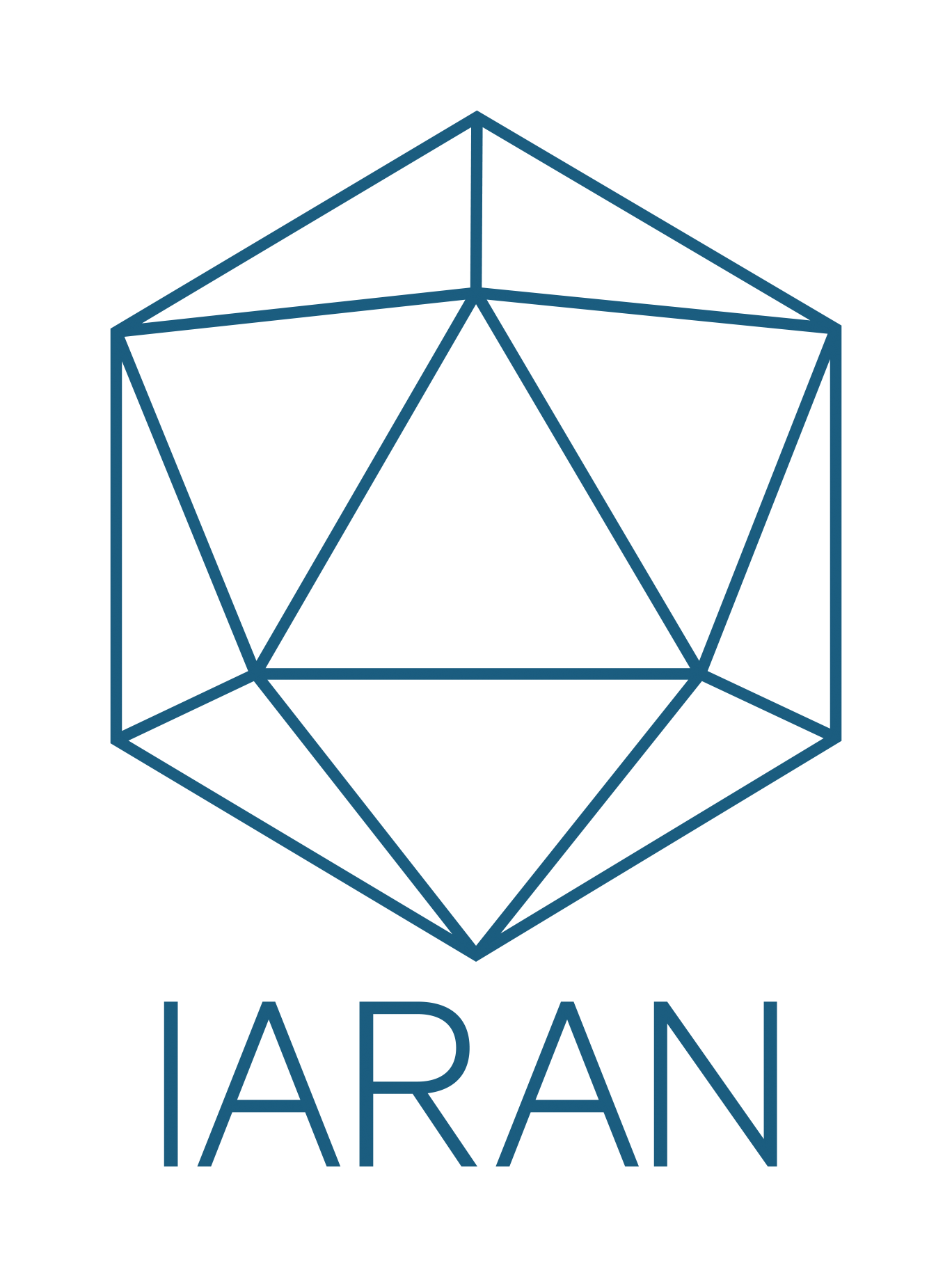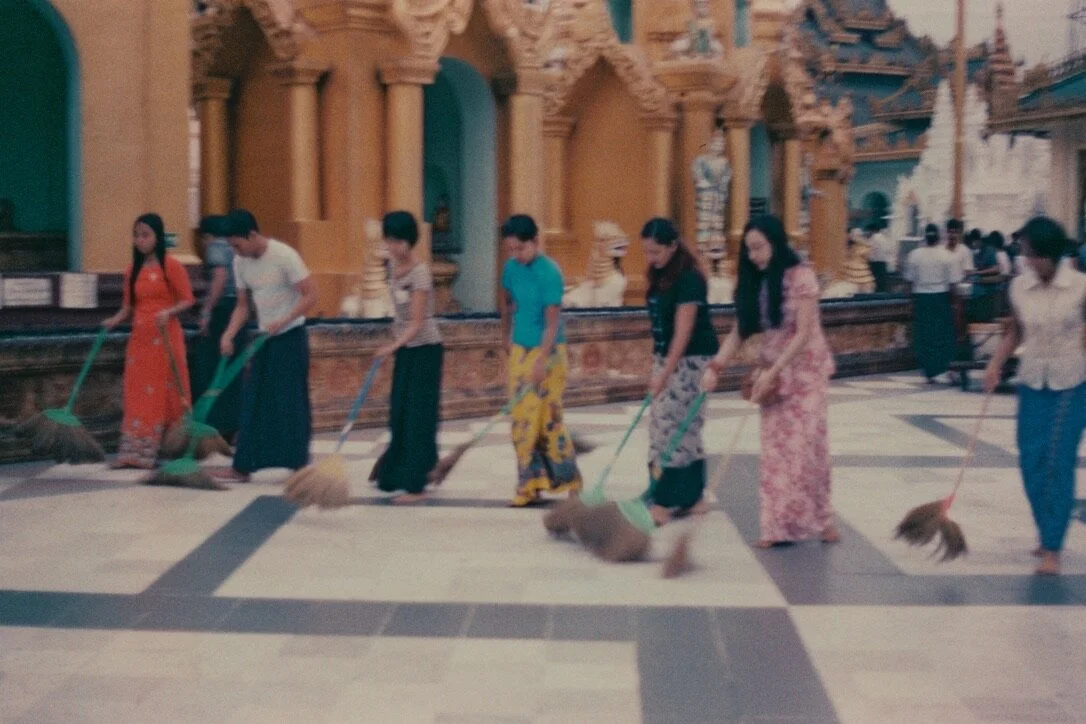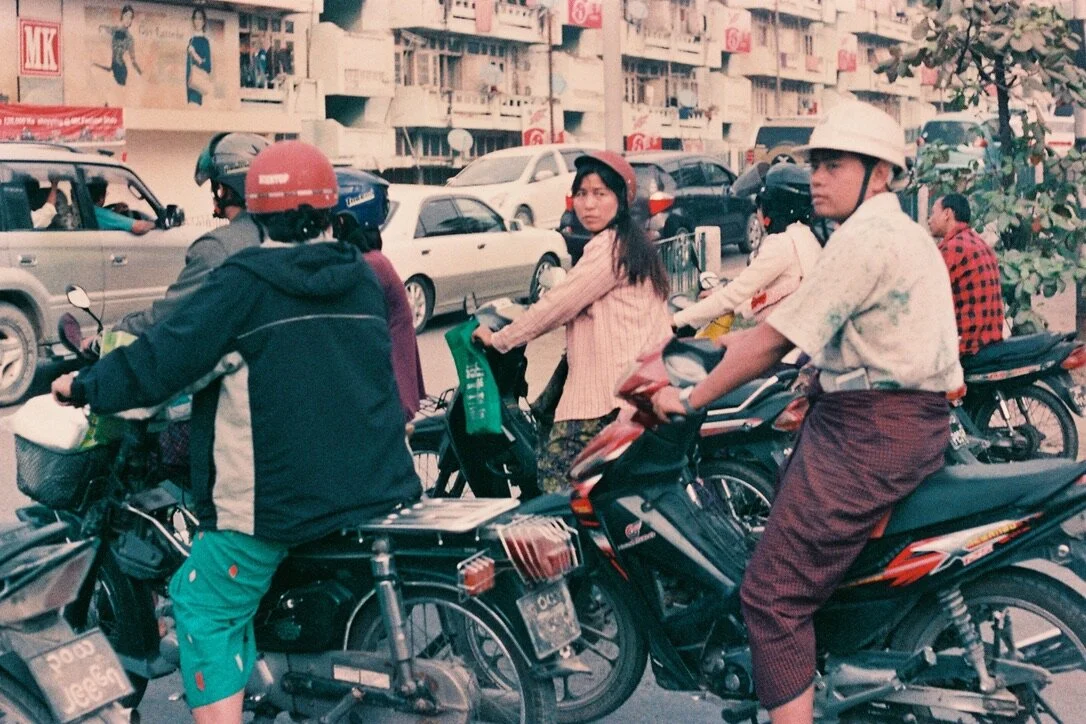In this article, Miguel Castillo, a healthcare professional with over 10 years of experience at field level and hospital-based facilities in conflict-affected, developing and western countries, discusses his experience during the Rohingya crisis, highlighting the critical role of digital solutions in enhancing healthcare in humanitarian settings. The COVID-19 pandemic accelerated the adoption of such technologies, improving healthcare coverage globally, including in crisis-affected areas. The focus is on the digital transformation of health services, emphasizing the importance of technological infrastructure and the challenges in transitioning to digital systems. Key aspects include the expansion of 5G technology and increased smartphone accessibility, especially in low-and-middle-income countries. The article projects a significant rise in smartphone adoption by 2030, driven by affordability, and explores how these advancements improve health coverage in humanitarian situations.
Humans and machines, imagining futures together
This article explores the integration of generative artificial intelligence (AI) in foresight practices. Foresight, at its core, involves diverse perspectives envisioning future scenarios. Matthew Thomas, as part of the British Red Cross, discusses the rapid use of AI tools, specifically ChatGPT, Bing AI, and Perplexity, to sketch scenarios with a case study related to the UK's cost of living crisis. Although, initial results were unimpressive, with limitations in scenario generation, the article highlights the potential for AI to augment foresight practice, aiding in analysis and content generation for scenario creation.
Insight, hindsight, foresight: a personal story on how a collaborative foresight approach to support radical humanitarian ecosystem change came about and is evolving
The following article is a personal story from our fellow Mariana Merelo: In the winter of 2019, after two decades as a humanitarian and development practitioner, Mariana found questioning her role in driving systemic change within the humanitarian ecosystem. Despite being surrounded by passionate change-makers, including foresight experts, partnership advocates, and local champions, she felt stuck in the wrong vehicle for change. Mariana had worked for a prominent INGO, which espoused a commitment to empower local actors and crisis-affected communities in decision-making and emergency responses. However, a glaring gap existed between the organization's rhetoric and tangible actions. It was not until she found collaborative foresight, as a co-created and co-evolving approach to explore alternative futures that she found a response to the previous challenge.
The future of (anti)corruption
While anti-corruption efforts are on the rise, challenges persist, including declining global peace, weakening democracies, a shift to a multipolar world, cybersecurity threats, declining ethical standards, and evolving technology. Despite these obstacles, there's a growing global focus on anti-corruption measures, with organizations and governments working together. However, the future remains uncertain, with potential developments like AI-driven corruption and innovative technologies offering both risks and opportunities.
The demographic dividend in Mexico is over, what are the risks and opportunities for an elderly society in Mexico in 2050?
Mexico's demographic shift from a youthful population to an aging society by 2050 brings both challenges and opportunities. The median age is projected to rise from 27.9 to 42 years. Scenarios include a "Growth Scenario" with economic strength but pension system concerns, a "Collapse Scenario" depicting institutional breakdown and grassroots responses, a "Limits & Discipline Scenario" with elderly power leading to youth drain, and a "Transformation Scenario" driven by comprehensive reforms and a care economy. Proactive measures like nurturing a "silver economy," migrant integration, and financial education are recommended to shape a favorable future amid demographic changes.
Building Tomorrow: Exploring Future Landscapes for Child Rights through Strategic Foresight
Save the Children Italia is undergoing a strategic transformation guided by IARAN to navigate contemporary multidimensional shifts. Engaging around 100 staff, the organization employs a foresight-based approach to explore potential future contexts until 2030. Through a collaborative process, key drivers have been identified and detailed in "Driver Files." This article narrates the example of "Geopolitical Shifts" and highlights the evolving global political landscape's impact on democracy, civil liberties, populism, and international relations. This exercise encourages systemic thinking, breaks silos, and challenges hierarchical dynamics, emphasizing collective intelligence to inform strategic choices and adapt to a changing world.
Unleashing Local Potential: Advancing Aid Localization in Ukraine
"Unleashing Local Potential: Advancing Aid Localization in Ukraine" delves into the critical importance of bringing power and resources closer to the communities in need. The article highlights the crisis in Ukraine as a turning point for advancing the localization agenda in humanitarian aid. By recognizing the capabilities of local actors and addressing the challenges they face, the article advocates for a transformative approach that empowers Ukrainian civil society and fosters effective localization of aid.
Navigating the Resistance: Cultural Transformation in Humanitarian Organizations
Innovation in the humanitarian sector is a challenging journey, often hindered by cultural resistance. However, with a transformation strategy, leadership support, and a culture open to change, these obstacles can be overcome. Strategic foresight, which anticipates future trends and proactively develops solutions, can greatly enhance this process. External pressures, like the COVID-19 pandemic, can also catalyze cultural transformation, prompting organizations to rethink traditional ways and embrace innovation.
Livelihood support for migrants is a excellent investment
The world is facing a severe economic downturn, but the flow of remittances has been relatively stable and continues to provide support for many families in low and middle-income countries. According to the World Bank, global remittance flows reached $626 billion in 2022, an increase of 5% from the previous year. This growth is smaller than in previous years, but it is significant given the economic outlook. Investing in livelihoods support for migrants in high-income countries could be an effective way of supporting communities globally.
Breaking the Short-Termism Trap
The humanitarian ecosystem is failing to adapt to global transformations and new types of crises. This failure is rooted in the opportunistic nature of ODA flow governance and the entrenched value chain of formal humanitarian actors. To break free from this short-termism trap, the humanitarian ecosystem must shift its approach and values, prioritizing the needs and voices of those affected by humanitarian crises. Only then can it fulfill its potential to provide effective and lasting assistance.
Rapidly exploring future humanitarian impacts of the Ukraine conflict
Two years of huge emergency after huge emergency - from the Covid-19 pandemic’s various variants to evacuations from Afghanistan and a series of storms battering the UK - our people are tired, yet the need for humanitarian aid continues to grow. And then the Ukraine crisis boiled over.
We have always struggled to plan for the many uncertainties the future may bring, but the massive disruptions of the last couple of years made us realise that grappling with uncertainty is not an option.
The British Red Cross’s Strategic Insight and Foresight team has been developing a way to rapidly construct scenarios about the future, helping our teams get a sense of likely people’s short-term and longer-term humanitarian needs, as well as the potential ripple effects caused by a crisis.
Measure for Measure: On Shakespeare and Impact Evaluation
Evaluations of humanitarian interventions can broadly be divided into two categories: process and impact. While a process evaluation seeks to examine how the intervention was delivered and if the conduct or context influenced the outcome, an impact evaluation seeks to understand the causality between the intervention and the “positive and negative, primary and secondary long-term effects produced …, directly or indirectly, intended or unintended” (OECD-DAC 2010), in short, the impact. In my experience, this is the more commonly requested type of evaluation, particularly from, and to reassure, donors, who above all want to see and share tangible results.
Working Together: INGOs and Building Communities Beyond Dichotomies in Humanitarian Aid
Along with other organisations in the formal humanitarian aid sector, the way in which large INGOS operate has been under challenge for some time. They have been legitimately criticised for holding nearly all decision-making in programme design and financial power at international level in their “Global North” headquarters, while engaging with national and local partners in the “Global South” in sub-contracting relationships. The need for reform or even transformation is broadly defined as “localisation” – the shifting of power to the “South” and the “local.” Recently, the issue has taken on a new urgency due to practical challenges to traditional operating models posed by the Covid-19 pandemic, and moral-ethical challenges posed by a renewed focus on racial discrimination and injustices, alongside continued concerns about gender equity in the sector.
From Afghan Voices to Afghan Choices – humanitarian actors in Afghanistan need to up their game
Afghanistan is one of the countries that received the highest amount of ODI over the past 20 years, yet poverty has lately been on the rise. Aid is heavily politicized and the fight against corruption has shown limited success. Consequently, the aid sector is affected by a fundamental lack of trust: high ranking officials of the Afghan government have repeatedly expressed their distrust of aid actors
Why Equity Based Design Thinking is Key to Decolonising Humanitarian Programmes
Whilst multilateral reform and changing the current models of humanitarian financing are ultimately what is needed for systemic change, every agency could adjust the way that it develops programmes- and this small change has the potential to transform aid. Designing and delivering aid programs is a core function of most humanitarian organizations and therefore it is in the process that all humanitarian aid sectors needs to revisit to begin their equity-based, decolonial journey.
The politics of knowledge and the future of aid
Universities and research centers are important, non-traditional, humanitarian actors that actively participate in knowledge production and cadre formation for the sector, with a preponderance of global North institutions over the ones from the South.
There are, at least, three areas of opportunity for Higher Education Institutions (HEIs) in the global North to engage productively with the principles and objectives of the Grand Bargain proposed during the World Humanitarian Summit of 2016, so that humanitarian knowledge production can also jump into the “localization” wagon:
Technology for Tree Huggers
Are you unsure about how technology may be able to help you to achieve your humanitarian sector objectives? Do you want to understand where emerging and existing technologies can assist people that are in need?
Matt Twilley would like to share with you some of his experiences and open up some ideas on how potentially the use of technology in the right way can give you more opportunity to really help those in need.
Ayudar es asunto de todos
Aid is everyone's business
El dilema recurrente del COVID-19 y la trampa de la ultra-solución
Acabar con los encierros es, como lo define Paul Watzlawick, “una ultra-solución”: un intento de arreglar un problema deshaciéndose de todo lo que tenga que ver con el mismo. Al caer en esta trampa, los gobiernos están utilizando la ultra-solución, arriesgándose a destruir tanto la economía, como la vida de las personas al final del túnel.




















